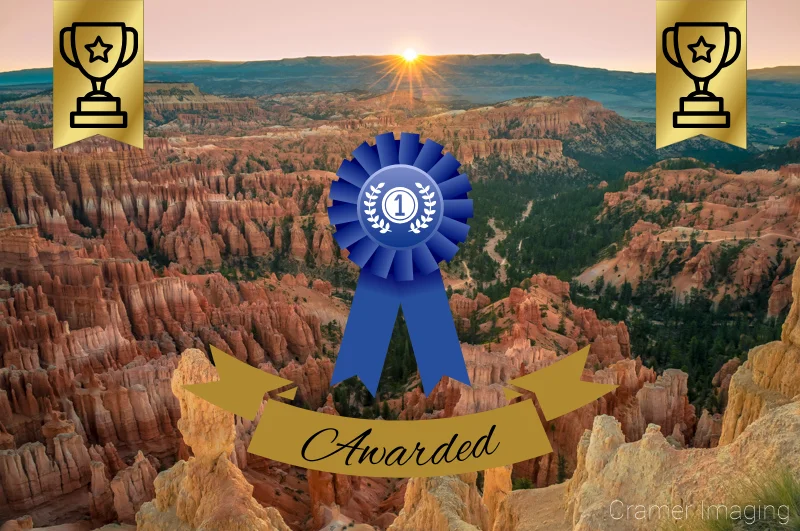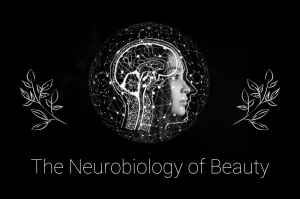Why You Should Photograph in Blue Hour
Shop

- What is ‘Golden Hour’?
- Why You Should Photograph in the ‘Golden Hour’
- What is ‘Blue Hour’?
- Why You Should Photograph in Blue Hour
In a previous article, we discussed what the “blue hour” is. Now it’s time to talk about why you, as a photographer or an aspiring photographer, should pull out your camera and start photographing subject matter during the blue hour in addition to golden hour from before.
If you missed my previous article or need to catch up on what the golden hour or the blue hour is, check out this article on golden hour and this article on blue hour before continuing as it will clear up a lot of confusion for you.
If you’re not already aware, photographers consider blue hour some of the best possible light you can get. Most kinds of landscape photography or some other forms of natural light photography benefit from this level of light. Golden hour is still the best, no contest. However, during blue hour the shadows are are gone due to the low levels of light present. It’s an ideal time for those looking to pursue long shutter speeds (think silky water technique) without the need for extra equipment like neutral density filters.
Don’t take my word for it. Check out these photos which I shot during the blue hour and tell me what you think.

Notice that most of these photos have a definite blue cast to them. This is more than just an artistic choice on my part. It’s inherent to the light which is visible during that time of day. While I can choose to lower the overall blue tone through adjusting the temperature setting in Lightroom and Photoshop, I’ll still affect the quality of light overall. The reds, oranges, and yellows we are used to with full sunlight are missing. This makes for a cooler feel to the photo overall.
Now compare the photos above to the following sets of photos. I’ve given you both golden hour and direct sunlight to compare against. The first couple are golden hour photos while the second two are direct sunlight photos.
Undoubtedly, the golden hour photos show off the best light. It’s a full spectrum of color while still soft and diffuse. The direct sunlight photos have a much sharper take on the scene. They have deep shadows and bright highlights. They can look a bit harsh on the eyes. Blue hour photos, while not a full color spectrum like golden hour, still show soft and diffuse light. You won’t find deep shadows.
While blue hour can make some beautiful and unique takes on landscape and nature photography, there are some kinds of natural light photography which this time of day is poorly suited for. Those would be wedding and portrait photography. Due to the nature of most skin pigment, a natural warmth would be missing thanks to the partial spectrum of light. This would considerably alter skin tones with the distinct probability of looking very unflattering.
Also, consider this fact: you must open your shutter much longer time during blue hour for a proper exposure. This means that your human, animal, or other subjects cannot move for a much longer period of time without blurring the photo. Animals will not be cooperative at all and neither will the wind. If you’re not shooting photos for something which you expect to be stationary or otherwise unaffected by wind (such as a waterfall), then using blue hour is not for you as a photographer.
While I still highly advise taking photos during golden hour, I’ve also come to appreciate blue hour photography as well. If you’re a landscape photographer tiring of golden hour or the crowds of golden hour, then you might consider trying your hand at blue hour photography. It might just change your approach to photography.



Best Sellers
Cramer Imaging Newsletter

Receive monthly updates in your inbox from us.















